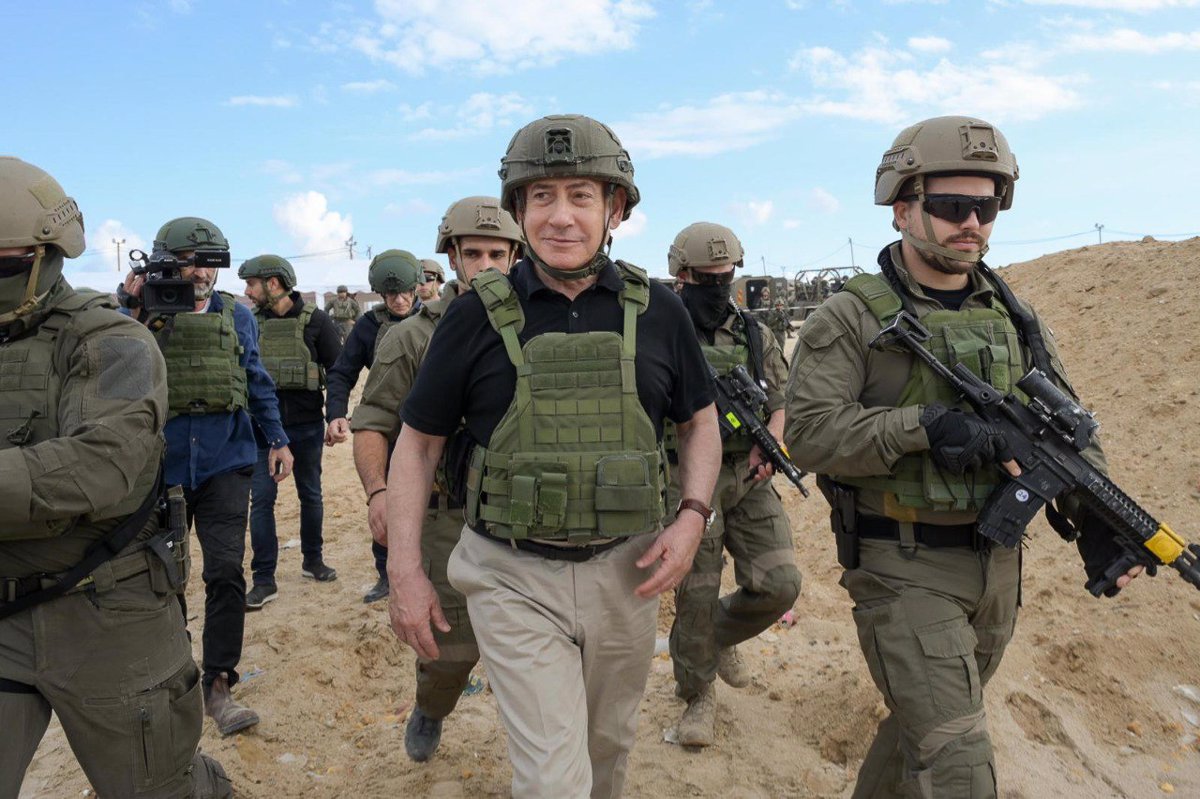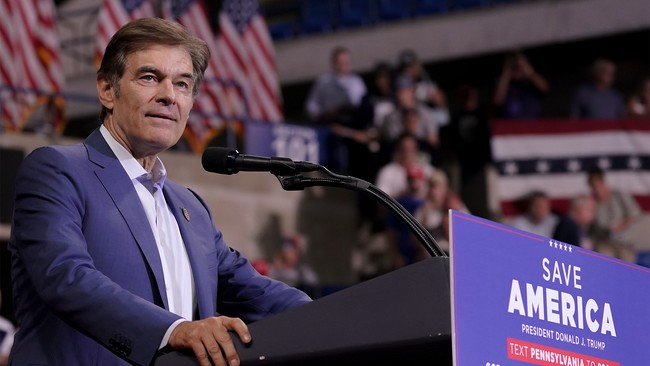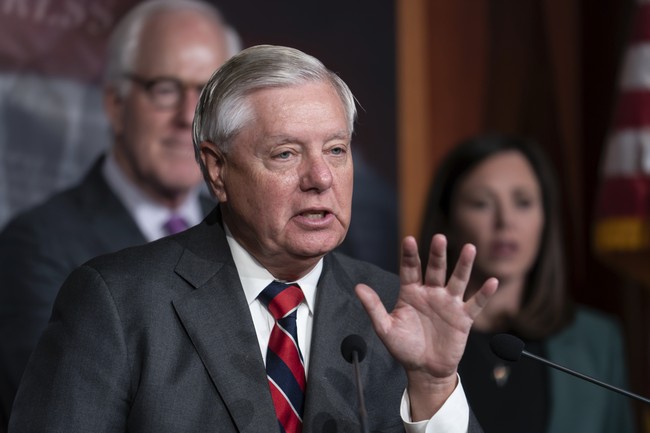Netanyahu's Bold Hostage Rescue Strategy in Gaza
Israeli Prime Minister Netanyahu's offer of financial rewards aims to facilitate hostage rescues amid growing tensions and complex negotiations with Hamas.
Published November 21, 2024 - 00:11am

Image recovered from europapress.es
In an escalating effort to navigate the ongoing hostage crisis in Gaza, Israeli Prime Minister Benjamin Netanyahu has announced a substantial financial incentive. From within the contested region, Netanyahu pledged $5 million for each hostage liberated from Hamas's captivity, underscoring a bold approach to a situation that has ensnared over 240 individuals in the aftermath of the militant group's vicious attack on Israel. This operation, marked by its unprecedented violence, initially resulted in the deaths of nearly 1,200 people and widespread abductions.
Netanyahu articulated this offer as a strategic maneuver to break the deadlock with the Islamist group. The video, recorded near Gaza's coast, highlights the Prime Minister's commitment to bring back the hostages, a promise underscored by the presence of Defense Minister Israel Katz. By proposing not only a financial reward but also assurances for a safe exit for the rescuer's family, Netanyahu seeks to incentivize cooperation from within the beleaguered enclave.
Despite the financial enticement, Netanyahu reiterated that Israel's military objectives remain unchanged. His assertive rhetoric emphasizes dismantling Hamas's governance structures in Gaza, a region long dominated by the group since their electoral victory in 2006. As the Israeli military pursues operations against Hamas leaders, this reward embodies an attempt to leverage Palestinian civilians against the militant outfit, complicating a narrative steeped in fear and resistance.
The international negotiations surrounding this crisis are equally charged. Khalil Al-Hayya, a top Hamas figure, outlined the group's unwavering stance, rejecting any prisoner swaps without a cessation of hostilities. Al-Hayya, speaking through Hamas's Al-Aqsa channel, maintained that an ongoing war negates any potential agreement. This inflexibility is mirrored in the stalled diplomatic efforts involving various mediators, including Qatar and Egypt.
Al-Hayya has placed blame on Netanyahu, accusing him of orchestrating the impasse to solidify his political standing, which has come under scrutiny given internal pressure from Israeli citizens. Large-scale protests have highlighted dissatisfaction with Netanyahu, urging a peaceful resolution and the restoration of captured civilians. However, conflicting demands and strategic interests keep any tangible resolution at bay.
Moreover, the Prime Minister's stance is backed by his ultra-right political allies, who, with their hawkish agenda, resist ceasefires and negotiations perceived as threatening Israel's security. This dynamic not only reflects internal political pressures but also showcases the intense polarization surrounding Israel's security policies and humanitarian approaches.
The broader geopolitical implications are profound, with tensions in Lebanon further exacerbating the situation. As Israel confronts Hezbollah, an Iranian-backed entity entrenched in the Lebanese power structure, the regional conflict's dimensions expand, involving heavy civilian tolls and persistent military engagements. These actions complicate potential peace discussions, impacting Lebanon's socio-political stability.
Ultimately, Netanyahu's method of monetary persuasion amidst a humanitarian crisis underscores both the complexity and depth of the Israeli-Hamas conflict. His resolve, mirrored by the military's aggressive strategy in Gaza, faces enduring criticism and strategic challenges. Yet, it reflects a broader narrative of survival, sovereignty, and the turbulent path to potential peace. In this multifaceted regional conflict, the prospects of conflict resolution demand not only strategic cleverness but also an unprecedented level of diplomatic finesse.







